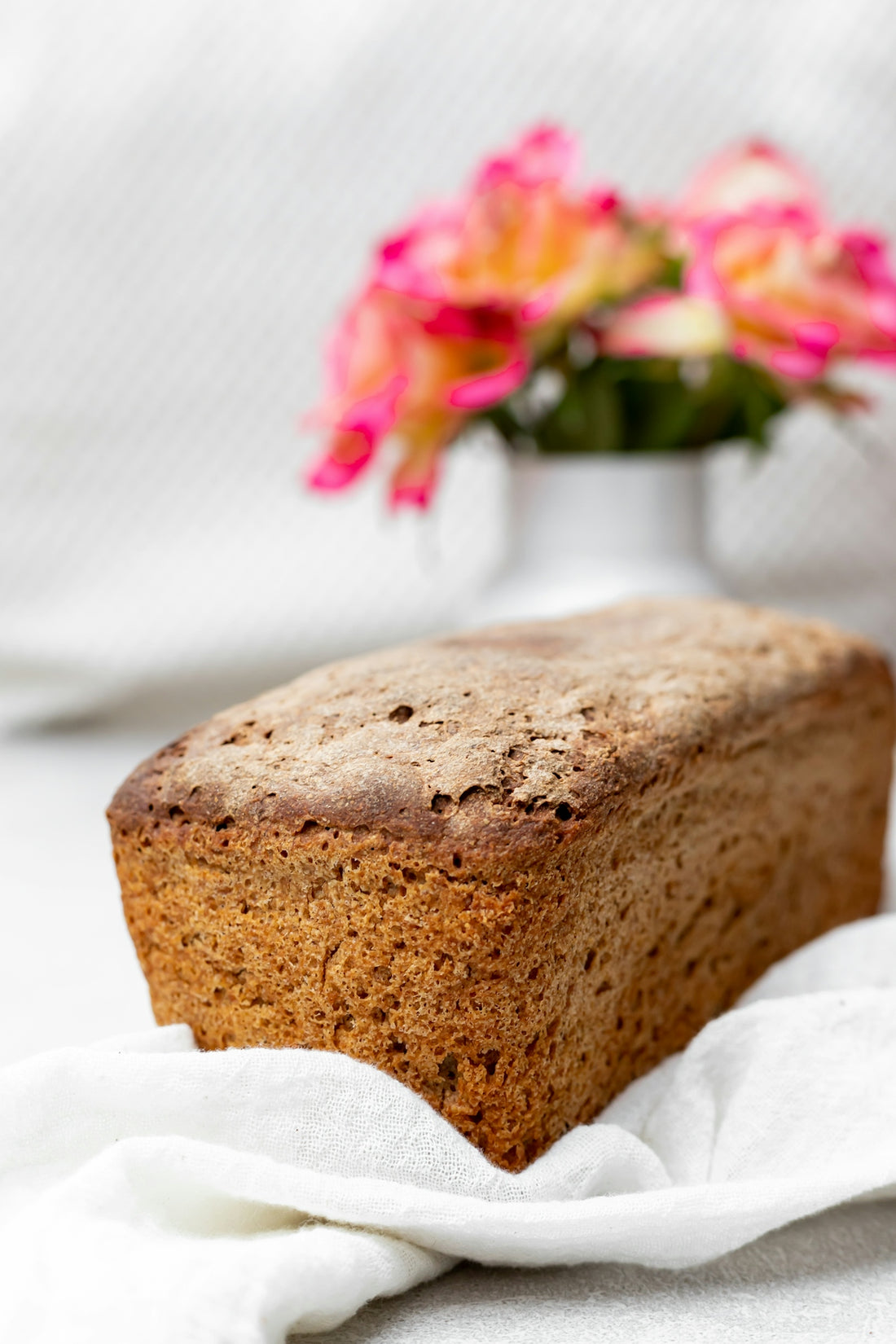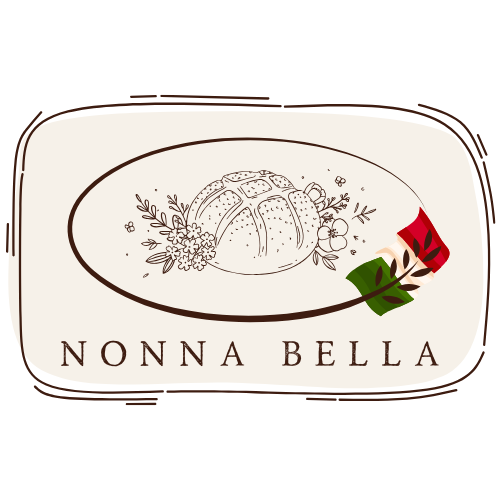
Diving into Sourdough Fermentation: Understanding the Benefits
Sourdough has captivated the hearts and taste buds of countless bakers and bread lovers around the globe. Delving into sourdough fermentation reveals a world of flavor, tradition, and health benefits that make this artisan bread an enduring favorite. Whether you're passionate about a tangy loaf or eager to explore the science behind the process, understanding sourdough is both an enlightening and rewarding experience. In this post, we will dive deep into the intricacies of sourdough fermentation, explore benefits, and offer practical tips for those embarking on their own sourdough journey.
The Essence of Sourdough Fermentation
Sourdough fermentation is not just a method of leavening bread; it's a testament to the marvels of wild yeast fermentation. By harnessing naturally occurring yeasts and lactic acid bacteria present in the environment, a sourdough starter cultivates a dynamic ecosystem that transforms the simplest ingredients—flour and water—into an impressive display of culinary artistry.
Understanding Sourdough Starter
Creating your own homemade sourdough begins with the humble sourdough starter. This fermentation powerhouse is a living culture that requires consistent care and maintenance. For beginners, mastering sourdough starter feeding and finding the right feeding schedule are pivotal. The feeding involves refreshing the starter with equal parts flour and water to maintain its vigor and balance. Consult our guide on how to feed sourdough starter to keep your starter in peak condition.
The Science of Sourdough Fermentation
During fermentation, the wild yeasts present in the starter interact with the carbohydrates in flour, producing carbon dioxide bubbles that cause the dough to rise. Furthermore, the lactic acid bacteria play a key role in developing sourdough's unique flavor profile by producing lactic and acetic acids. This balances the dough's pH and enhances its nutritional profile, offering a more digestible bread option compared to conventional yeast-leavened bread.
Benefits of Sourdough Fermentation
The beauty of sourdough goes beyond its flavor and aroma. Sourdough for diabetics is considered a favorable choice due to its low glycemic index, which results in a more gradual increase in blood sugar levels. Additionally, the natural fermentation process breaks down gluten, making the bread easier to digest and a possible option for those with mild gluten sensitivities.
Nutritional Advantages
The prolonged fermentation of sourdough increases the bioavailability of nutrients, such as B vitamins, and enhances mineral absorption by reducing phytic acid content. These nutritional benefits make it a wholesome choice for daily consumption, particularly when crafted using whole grain flours.
Flavor and Craftsmanship
One of the most enticing aspects of sourdough fermentation is the distinct tangy taste and complex texture it imparts to the bread. The natural enzymes and acids developed during the fermentation process give rise to a rich, nuanced flavor that varies between bakers based on their local microorganisms and the environment in which their starter is nurtured.
Sourdough Baking Tips for Success
Embarking on your artisan bread baking journey demands time, patience, and a few essential tools. Follow our practical tips to enhance your homemade sourdough experience:
- Starter Maintenance: Find and maintain a consistent sourdough starter feeding schedule that fits your lifestyle to ensure your starter remains healthy and active.
- Dough Handling: Using a Danish dough whisk can simplify the mixing process and provide a better texture for your dough.
- Optimal Fermentation: Be mindful of temperature, as it significantly influences fermentation time and flavor development. Warmer conditions speed up fermentation, while cooler environments slow it down.
- Proofing: Utilize a Dutch oven, like the Martha Stewart 7Qt Enameled Cast Iron Dutch Oven, to achieve a consistent rise and crusty exterior.
- Scoring Techniques: Master the art of scoring with a professional dough scoring knife to control how your bread expands during baking.
- Baking Mastery: Follow a sourdough bread recipe that best suits your taste; an easy sourdough bread recipe can be a great starting point for newbies.
- Storage and Preservation: Learn how to store sourdough starter correctly to have it readily available whenever the baking bug bites!
Troubleshooting Common Issues
Every sourdough enthusiast encounters challenges, be it over-fermentation, insufficient rise, or a stubbornly dense crumb. Effective sourdough bread troubleshooting involves understanding these common pitfalls. Issues often stem from starter vitality, incorrect hydration, or environmental factors. Regularly engaging in sourdough starter troubleshooting builds confidence and competence in your baking skills.
Why Choose Sourdough?
When evaluating sourdough starter vs yeast, sourdough emerges as the choice of those seeking healthier bread alternatives rich in flavor and authenticity. My sourdough life might start with simple curiosity but evolves into a cherished tradition—a connection that straddles the past and present of bread-making heritage.
By integrating sourdough into your daily life, you'll not only enjoy an array of artisanal flavors but also embrace a small piece of the cultural tapestry that sourdough represents.
For more insight and inspiration, visit Italian Sourdough today and explore our curated selection of essential sourdough baking tools.
Embark on your sourdough adventure, and may every bake be a step closer to perfection!
